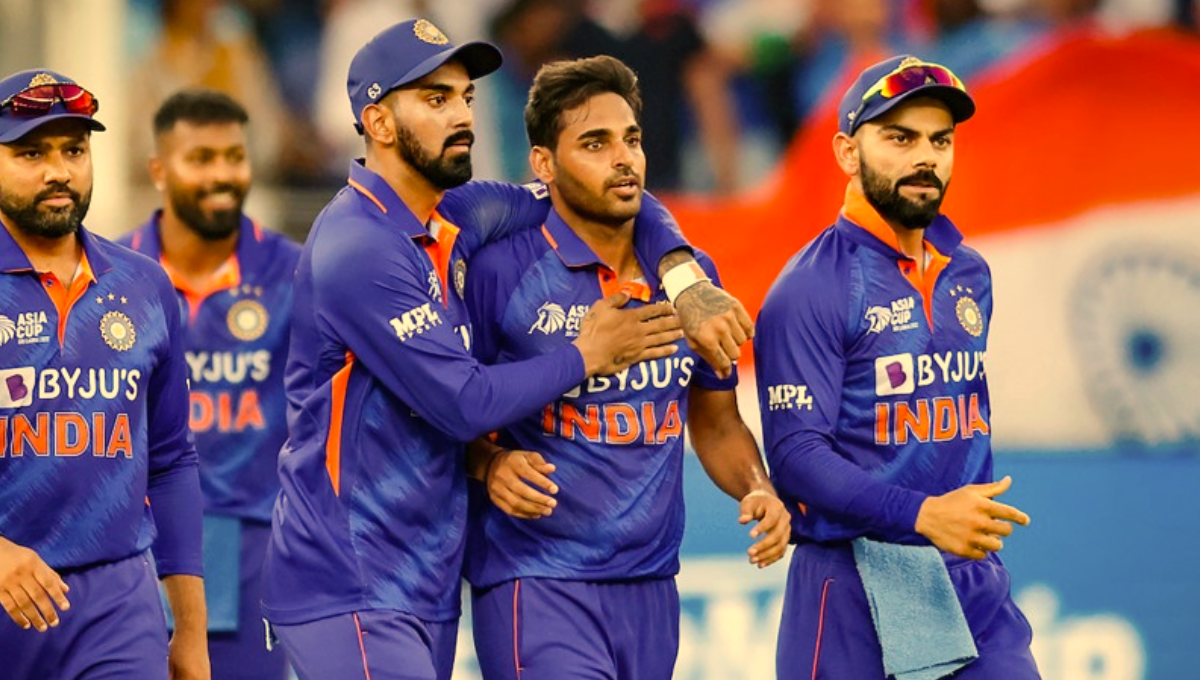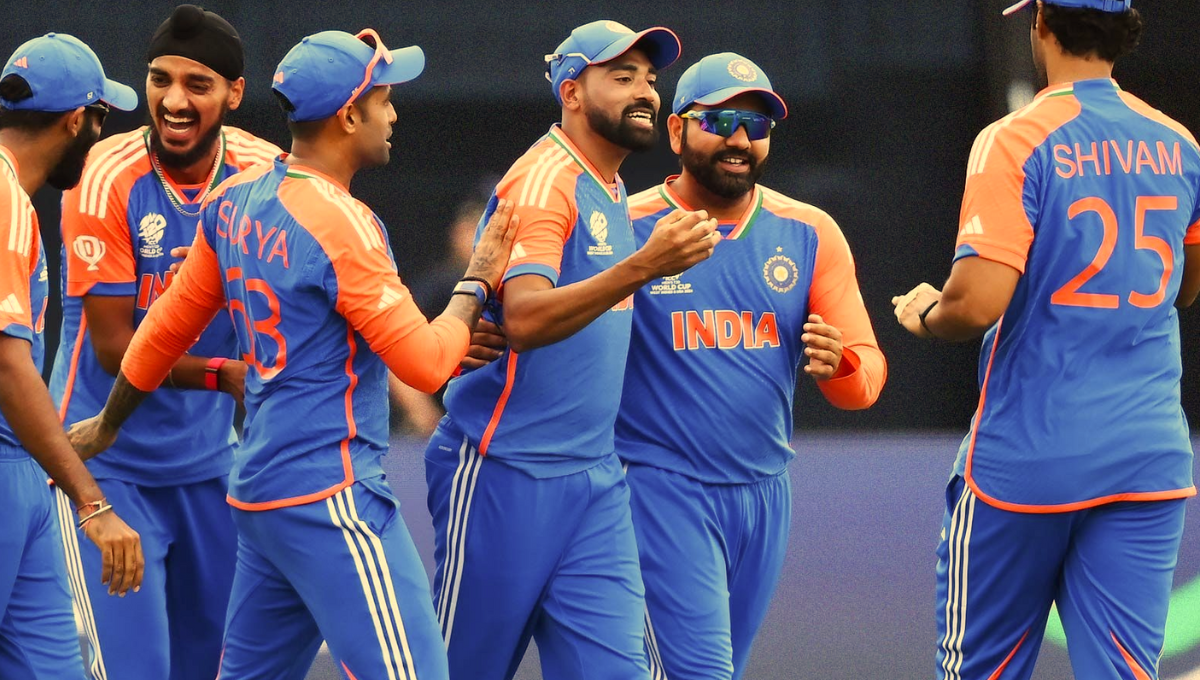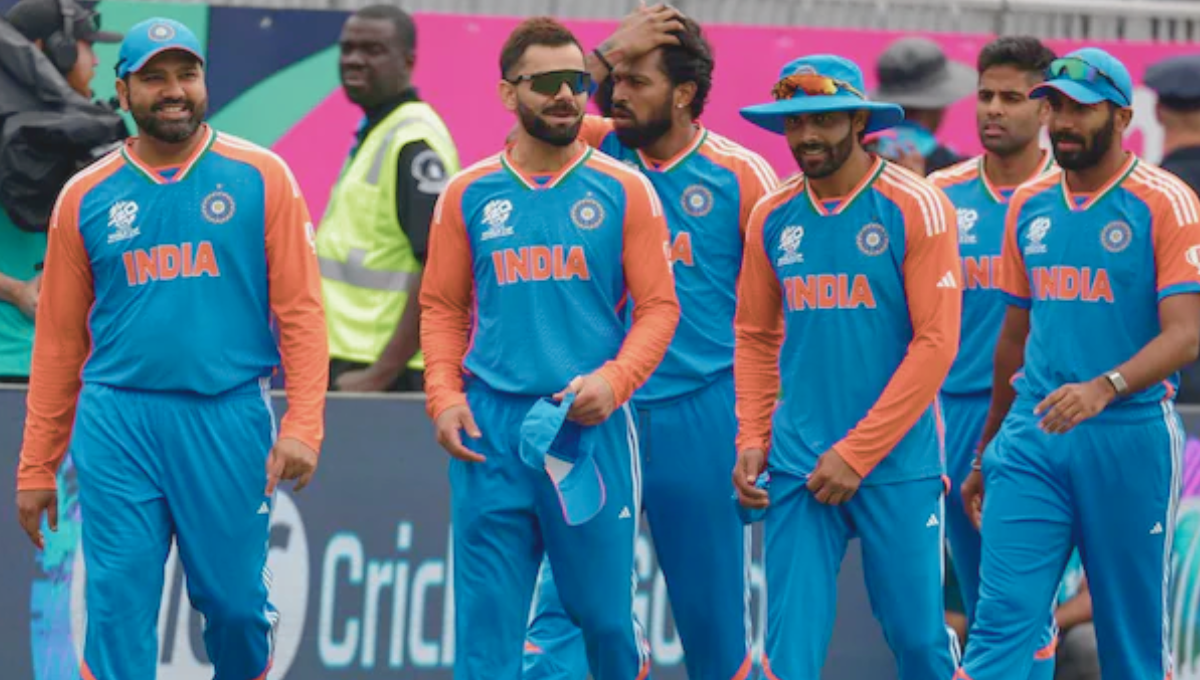ICC T20 ICC Introduces Major Rule Changes in T20I Powerplay, ODI, and Test Formats from July 2 The International Cricket Council (ICC) has announced a series of significant rule changes across all formats of cricket, with several updates coming into effect starting July 2, 2025. The most notable change affects the Powerplay rule in T20 Internationals, aiming to make the shortest format even more exciting and adaptable during shortened games.
Powerplay to Be Calculated by Balls, Not Overs in T20Is
Traditionally, in a standard 20-over T20I match, the first 6 overs are designated as the Powerplay, where only two fielders are allowed outside the 30 yard circle. However, under the new ICC rule, if the innings is reduced due to rain or other interruptions, the Powerplay will now be calculated based on balls instead of overs.
Here’s how the new Powerplay durations will be implemented based on innings length:
| Reduced Overs | New Powerplay Duration |
|---|---|
| 5 Overs | 1.3 Overs (9 balls) |
| 6 Overs | 1.5 Overs (11 balls) |
| 10 Overs | 3 Overs |
| 19 Overs | 5.4 Overs (34 balls) |
This dynamic approach ensures fairness and strategic depth in shortened T20I games, providing teams with a proportional Powerplay advantage. The rule aligns with systems already used in leagues like the T20 Blast.
Stop Clock Introduced to Enforce Over Rate in T20Is
To address frequent delays in T20 Internationals, the stop clock rule will now be enforced. Teams will have 60 seconds to start the next over once the previous one ends.
- Two initial violations will result in warnings.
- A third violation will lead to a 5-run penalty.
This initiative is designed to improve the pace of play and enhance viewer experience without compromising game integrity.
ODI Cricket Change in Use of New Balls
In One Day Internationals (ODIs), the use of two new balls per innings has been revised. Until now, a new ball was used from each end throughout the 50 overs. Under the new rule:
- Two new balls will be used for the first 35 overs.
- In the final 15 overs, only one ball will be used.
This change is in ICC T20 expected to bring a better balance between bat and ball, especially in the death overs where reverse swing often disappears due to two newer balls.
Test Cricket Over Rate Monitoring Enhanced
Though ICC T20 have been the main focus, Test cricket has not been left untouched. A stop clock mechanism similar to T20Is will be used to ensure smooth over transitions and reduce game delays. This change reinforces ICC’s commitment to preserving the rhythm and competitiveness of red-ball cricket.
The ICC T20 format is set to become more dynamic and fairer with the introduction of this ball-based Powerplay rule. Previously, Powerplays were fixed at 6 overs regardless of interruptions, often giving teams an unfair advantage or disadvantage in shortened matches.

By calculating the Powerplay based on the number of balls rather than overs, ICC T20 ensures consistent gameplay and strategy alignment. Fans can expect smarter captaincy decisions and more balanced contests, especially in rain-affected games. This change aligns the ICC T20 format with domestic tournaments like England’s T20 Blast, showing the ICC’s willingness to adapt and modernize the sport globally.
The ICC’s decision to update the playing conditions marks a progressive shift toward a faster, fairer, and more balanced format across all forms of the game. The ball based Powerplay rule in T20Is especially stands out as a smart move to keep rain affected games strategically challenging and engaging for fans.

All these ICC T20 rule changes will officially take effect from 2 July 2025, and are expected to influence match dynamics, team strategies, and viewer experience in a significant way

